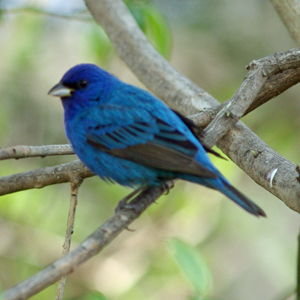Ranidae
Rana pipiens, Northern Leopard Frog
Northern leopard frogs are streamlined, handsome animals with a distinct, unbroken, yellow dorsolateral fold on each side extending from the back of the head to the posterior limit of the body. An abundant scattering of often elongated, irregular, brown spots appears between the folds. The spots are usually outlined with pale yellow and white unlike the plains and southern leopard frogs. Rare variants lack the dark spots. On the sides, below the dorsolateral folds, additional smaller spots are numerous. The tympanum lacks a central light spot and there is a light line on the upper jaw. Vocal sacs in males are visible only when the frog is calling.
Northern leopard frogs reach 3 1/2 inches (89mm) in length. Plains leopard frogs tend to be less green and more gray, the head is shorter, and a light spot is present on the tympanum. The most dependable way to separate the two is by the dorsolateral folds which in plains frogs are broken and inset at the level of the thighs. Southern leopard frogs have an even more pointed head than northern leopard frogs and fewer spots. They have a white spot on the tympanum and the white line on the upper jaw is more distinct than in other leopard frogs. Pickerel frogs have squarish, paired dorsal blotches and crayfish frogs are stubby and less streamlined. Leopard frogs begin calling in April. The song resembles a long snore usually followed by a series of short grunts. The eggs are laid in a mass attached to twigs or other objects, usually where the water is at least six inches deep. The tadpoles grow rapidly and become quite large (about an inch wide) and begin to develop legs in June. They leave the water during the end of June or July and begin their life on shore, moving into the grass to feed and jumping into the water to escape predators. They are found in the northern two-thirds of Iowa although they are replaced by pickerel frogs in many of the cold water habitats of the northeast, and are sparsely distributed in the southern counties.
.jpg)
